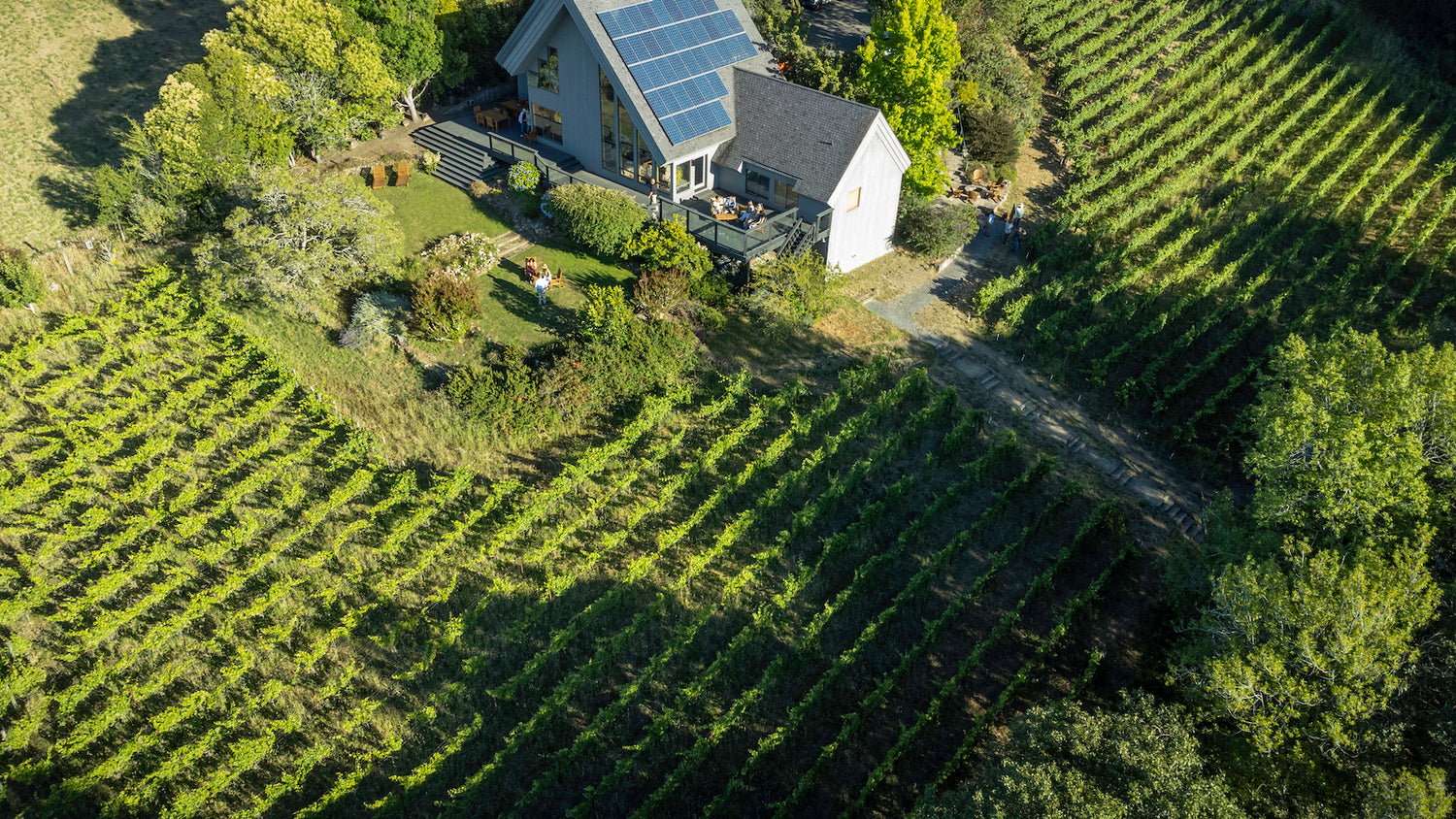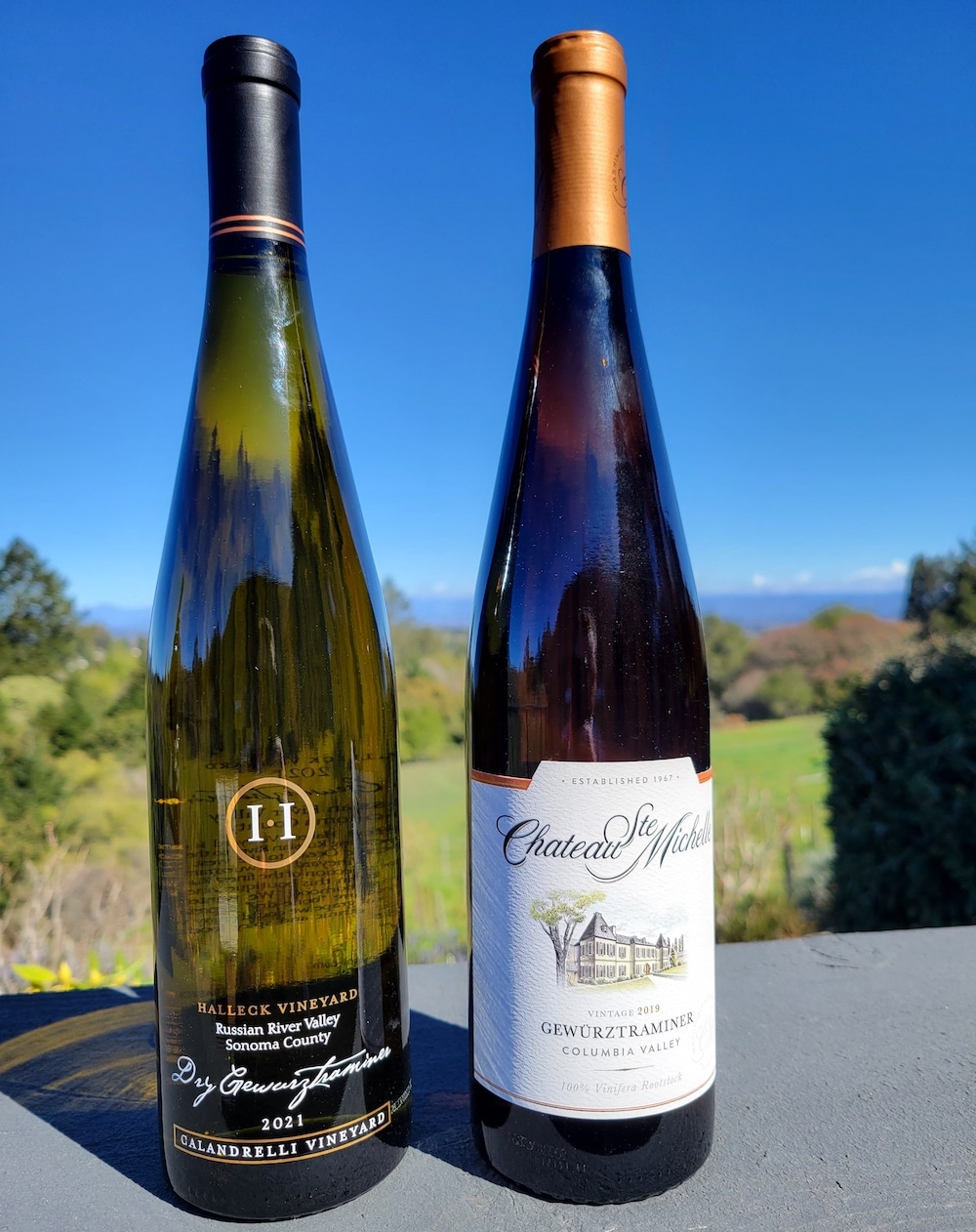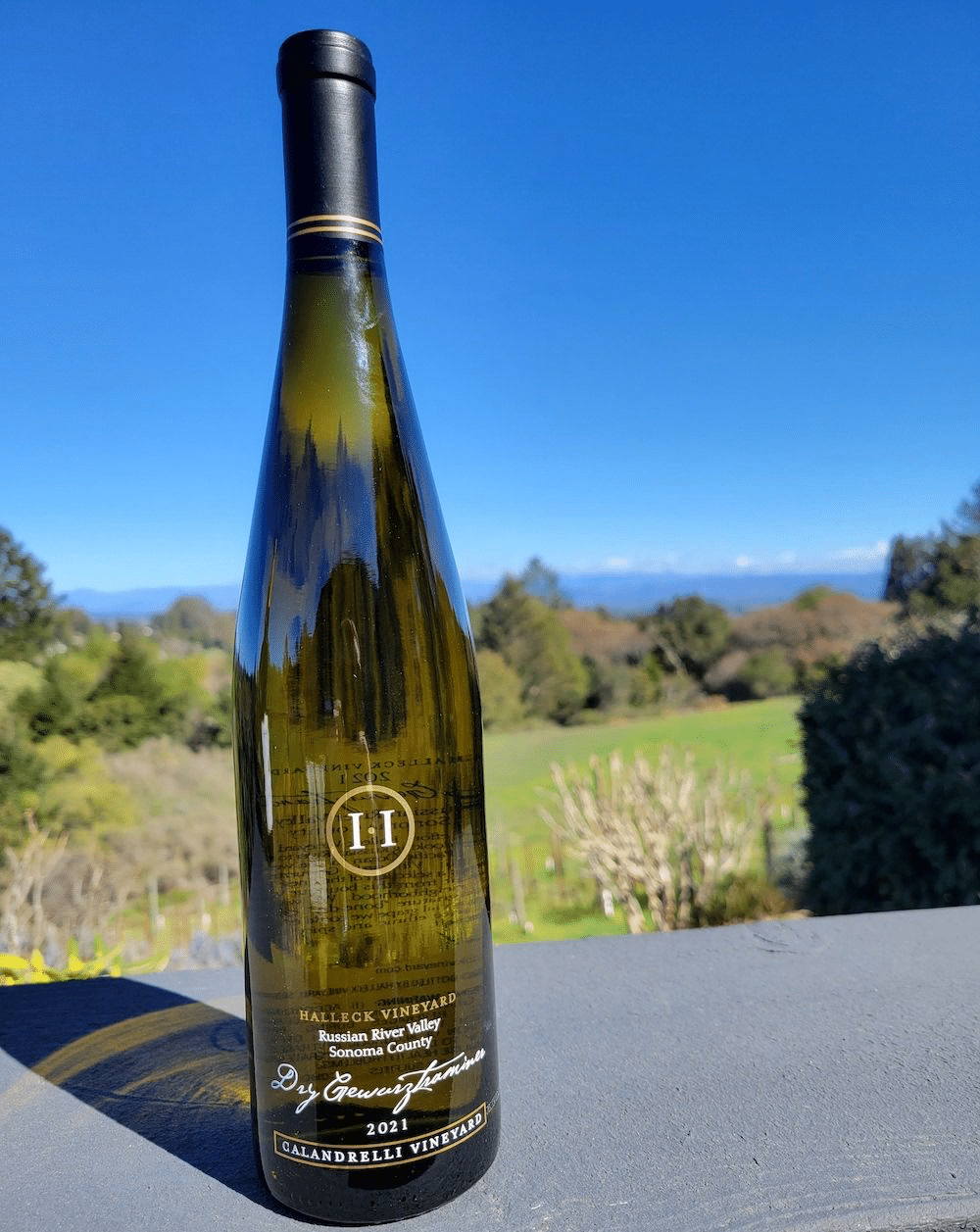Breathtaking Views From Sonoma Wineries - Sonoma Wine Tasting Adventures
Breathtaking Views From Sonoma Wineries - Sonoma Wine Tasting Adventures
Blog Article
Wineries Featuring Vineyard Tours - Wineries To Explore In Sonoma Valley
Wine tasting is an art that combines sensory experience with an appreciation for the nuances of various varietals. How to judge flavors in winery wine tasting classes is pivotal to grasping the complexities of wine.
Participating in a wine tasting entails more than simply sipping and savoring. It requires a focused approach to determine aromas and flavors that each wine presents. As you start, observe the wine's appearance, noting its colour and readability. These visible cues typically counsel a wine’s age, grape selection, and even potential flavor profiles.
The subsequent step within the tasting process is to swirl the wine in your glass. This motion releases aromatic compounds which would possibly be very important for evaluation. Lean in and take a moment to inhale deeply; the aromas can range from floral and fruity to spicy and earthy. The nose of the wine is simply as necessary as the palate, and recognizing scents plays a big position in understanding the general experience.
When taking your first sip, permit the wine to maneuver across your palate - Wineries Offering Elegant Wine Tastings. Discover the initial flavors that present themselves. Is the wine fruity, floral, or perhaps herbaceous? This preliminary style gives perception into what the wine is prone to categorical as you continue to gauge it. The mouthfeel also contributes to the general flavor experience; it might be silky, tannic, or even effervescent.
Upcoming Wine Festivals In Sonoma County - Exploring The Vineyards Of Sonoma
As you proceed tasting, take note of the wine’s stability. A well-balanced wine will harmonize acidity, sweetness, and tannins. If one component overwhelms the others, it'd indicate a less desirable high quality. Evaluating stability can help you identify how well the wine might pair with food.
Transitioning to the finish, consider how the flavors evolve as the wine lingers in your palate. A long, nice end can indicate a high-quality wine, whereas a brief or abrupt end may suggest in any other case. Replicate on whether the flavors stay consistent or if new notes emerge as the wine settles. This development can reveal complexities and intricacies that may not have been apparent in the initial tasting.
Temperature can be an important factor in evaluating wine flavors. Totally Different kinds of wine are optimally loved at specific temperatures. White wines usually shine when chilled, while red wines typically perform finest at room temperature. When tasting, make certain the wine is at the applicable temperature to completely respect its character.
Wineries With Educational Tours In Sonoma - Wine Tasting Experiences In Sonoma Valley
Pairing food with wine can tremendously enhance the tasting experience. Foods can influence the perception of flavors in wine, either highlighting certain characteristics or diminishing them. When evaluating flavors, consider how the wine interacts with different meals, noticing which flavors are amplified or muted (Wineries Ideal For Large Groups).

Consider the affect of terroir as you engage in a winery tasting. Terroir encompasses the distinctive environmental elements that have an effect on grape growing, including soil composition, local weather, and geography. Understanding a wine's terroir can present perception into its flavors and aromas, fostering a deeper appreciation for the alternatives made during its cultivation and production.
Schooling plays a elementary function in enhancing one's ability to evaluate wine flavors. Studying about grape varieties, wine areas, and manufacturing methods can pave the finest way for more informed judgments throughout tastings. Moreover, attending workshops or classes can refine sensory skills and broaden your flavor vocabulary, enabling you to articulate tasting notes more effectively.
Finally, it's essential to keep in thoughts that evaluating wine flavors is a extremely personal experience. Particular Person preferences and perceptions will invariably form one’s tasting journey. Enjoyment should see page be on the forefront, with the analysis process appearing as a device to boost understanding and appreciation quite than create rigid tips.
Wineries That Welcome Walk Ins - Discover Sebastopol's Wine Scene
In conclusion, mastering tips on how to evaluate flavors in winery wine tasting classes includes a combination of sensory engagement, data, and practice. By learning to establish aromas, assess the steadiness, and recognize the intricacies of flavor, wine enthusiasts can deepen their connection to each bottle they encounter. As with any art kind, the more one immerses themselves within the experience, the extra they may uncover and benefit from the vast world of wine.
- Start by observing the wine's colour and readability, as these visual parts can trace at its flavor profile and getting older potential.
- Swirl the wine gently in your glass; this releases aromatic compounds, allowing you to better establish the advanced scents related to the wine.
- Take a deep inhale earlier than tasting, specializing in both main and secondary aromas to gather insights on fruits, spices, and other nuances.
- When tasting, enable the wine to coat your palate; note the initial flavors, the mid-palate complexity, and the end as these levels can provide different flavor highlights.
- Pay consideration to texture and mouthfeel, as aspects corresponding to tannin ranges, acidity, and sweetness contribute significantly to the general tasting experience.
- Compare flavors in opposition to commonplace wine traits; for pink wines, contemplate berry notes, oak influence, and herbal tones, whereas whites could embody citrus, stone fruits, and floral hints.
- Take notes in the course of the tasting session to trace your impressions, helping you to remember and evaluate the different wines sampled.
- Discuss your findings with fellow tasters or winery workers, as sharing insights can improve understanding and appreciation of individual flavors.
- Allow time for the wine to breathe; generally, flavors evolve and reveal new dimensions after being exposed to air.
- Experiment with food pairings during the tasting as they can dramatically alter how flavors are perceived, influencing total enjoyment.undefinedWhat ought to I look for when evaluating the aroma of wine during a tasting?
Begin by swirling the wine in your glass to release its aromas. Deliver the glass to your nose and take a deep breath. Pay attention to the first scents you detect, as these are sometimes the most prominent. Look for fruit, floral, natural, or earthy notes and try to determine particular traits, which can deepen your understanding of the wine's complexity.
Wine Tasting Tours In Russian River Valley - The Charm Of Sonoma Wineries

How can I distinguish between completely different flavor profiles in wine?
Understand that flavor profiles are sometimes categorized as fruit, floral, herbaceous, spicy, or mineral. Take small sips and permit the wine to coat your palate. Notice the first flavors that emerge first and the subtle notes that follow. This layering is crucial in distinguishing the wine's characteristics and will assist you to appreciate its distinctive profile.
Beautiful Picnic Areas At Sonoma Wineries - Exploring Sonoma's Wine Landscape
What is the importance of the wine's texture in a tasting?

The texture of the wine, also called mouthfeel, plays a vital function in how we perceive flavors. Pay attention as to whether the wine feels clean, creamy, or gritty. The physique of the wine (light, medium, or full) can improve or contrast with flavors, offering a extra rounded experience during tasting.
How do I assess the stability of flavors in wine?
Balance in wine refers to the concord between acidity, sweetness, tannin, and alcohol. Take a moment to evaluate whether these components complement or intervene with each other. A well-balanced wine could have none of its parts overpowering the others, creating a nice tasting experience.
Artisan Wineries In Russian River Valley - Sonoma Wine Tasting Spots
What role does temperature play in evaluating wine flavors?
Temperature can considerably impact the notion of flavors. Typically, purple wines are greatest served slightly beneath room temperature, while white wines get pleasure from being chilled. As the temperature changes, the aromas and flavors can shift, Website permitting you to perceive different traits. It’s essential to style wine at its optimal temperature for true analysis.
Wineries Offering Charcuterie And Wine Pairings - Greatest Wine Tasting Locations In Sonoma
How can I enhance my tasting skills over time?
Practice is essential to improving your tasting skills. Wineries Known For Their Hospitality. Attend tastings, hold a journal of your experiences, and discover different types of wines to broaden your palate. Additionally, studying about wine manufacturing and grape varieties can present context that enhances your evaluation course of, making you a more informed taster.
Is there a particular order during which I should style the wines?
Wineries With Scenic Views - Celebrated Wineries Around Sebastopol
Yes, it’s advisable to taste wines from light to full-bodied and dry to sweet. This progression prevents the stronger flavors from overshadowing the more delicate ones, permitting you to totally appreciate each wine's traits and nuances with out palate fatigue.
How can I evaluate the aftertaste of wine?
Wineries Perfect For A Relaxing Afternoon - Enjoying Wine Tastings And Vineyards Near Sebastopol
The aftertaste, or end, is a vital facet of the wine-tasting experience. After swallowing, take note of how long the flavors linger on your palate and whether or not they change. A long, nice end is commonly an indicator of a high-quality wine, while a short or unpleasant end could recommend otherwise.
Why is it necessary to notice the wine’s acidity throughout tasting?
Acidity contributes to the general freshness and structure of the wine. Pay attention to the tingling sensation in your tongue; greater acidity can improve the wine's liveliness and balance out sweetness. Noting acidity helps determine the wine's versatility with food and its aging potential.
What should I do if I battle to establish specific flavors in wine?
Wineries Providing Guided Vineyard Walks - Finding Good Wineries For Wine Tasting
Struggling to determine flavors is frequent, particularly for novices. Focus on broader classes and describe what you presumably can acknowledge, such as candy or earthy notes. With practice, reading about completely different flavor profiles, and perhaps using flavor wheels, you'll refine your senses and develop a extra nuanced approach to tasting. Report this page